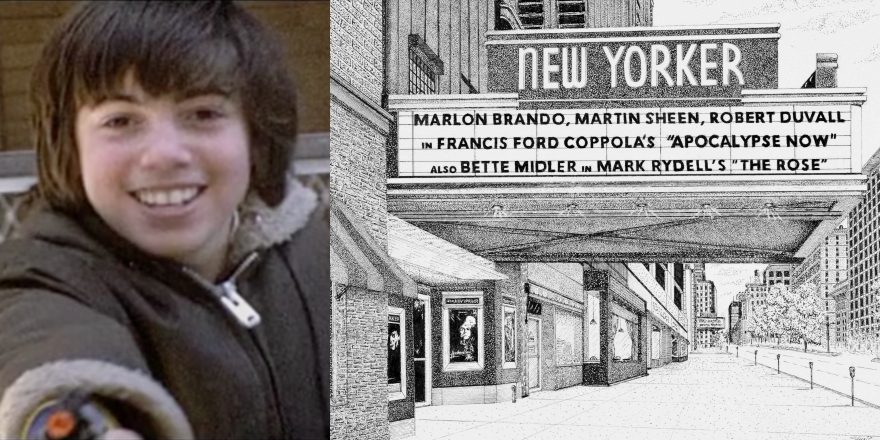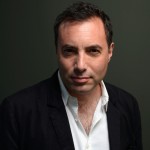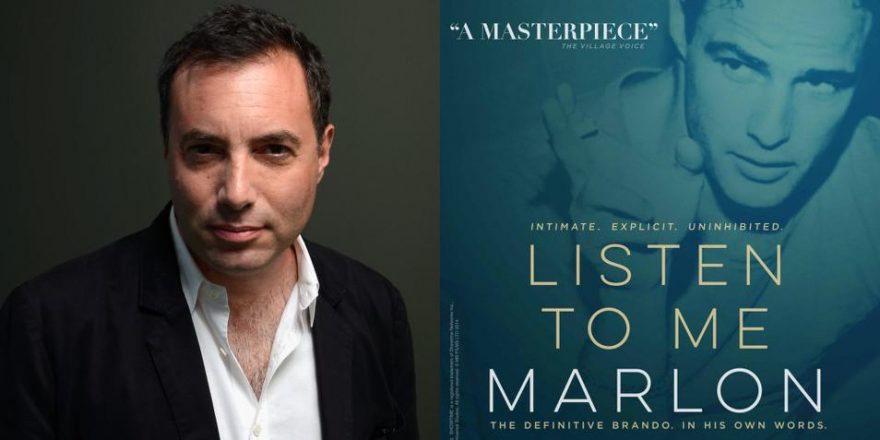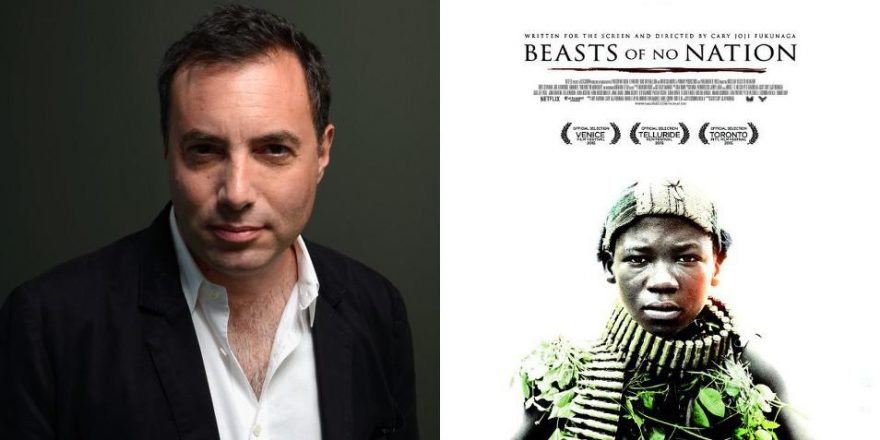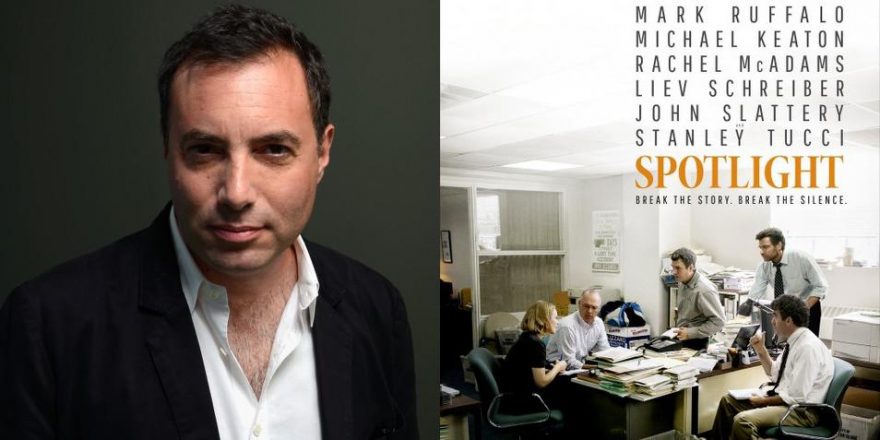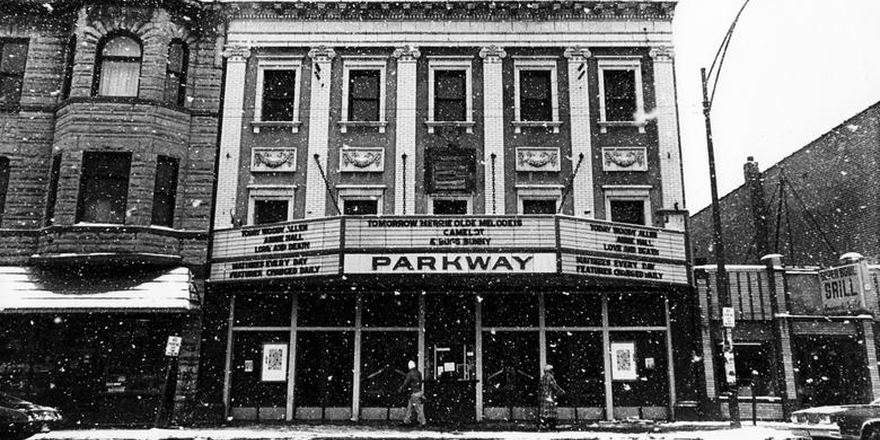I have lists of every film I saw in high school. I would write them down at the end of each year on a back page (or three) of the school yearbook. At that time in my life, I was in an insane moviegoing frenzy, and New York City in the early 1980s was the perfect place for my cinematic lunacy. Whether I wanted to see Blood Beach or Eric Rohmer’s Pauline at the Beach (and I wanted to see both, obviously), there was a movie for every mood or interest. Highbrow? Hello, Breaker Morant. Lowbrow? Hello, Friday the 13th Part 3 in 3D (where at one point one of the characters lifted a joint up and held it out towards the 3D camera, and my entire crowd put out their hands to take a toke). And don’t even get me started on the movie theaters. The Regency, the Thalia, the Loews Tower East, the Paramount, the Gemini, Cinema 1, Cinema 2, the Ziegfeld — big, small, fancy or terrifying (the Embassy 3 in Times Square was indeed terrifying, and only entered in cinematic duress), the city was alive with filmgoers, film nuts and film geeks. And since I worked in a movie theater, the Criterion on 44th Street, and since movie theater ushers had an unwritten code that allowed entrance to any theater in the city, I saw everything. Everything. Sometimes three movies a day. Sometimes four. Movies were the culture then, New York was the cultural center, and I – a pimply, awkward teenager – was at the epicenter of it all. The world was cinema. And the city streets were a mecca. I saw them filming Annie, and I stood next to director John Huston for hours because everyone thought I somehow belonged there and were afraid to remove me. I saw them filming The Cotton Club and Staying Alive and, most excitingly, Dressed to Kill. I made Super 8 movies. Read movie books and magazines. Bought movie soundtracks. Collected movie posters. It’s a miracle I lost my virginity.
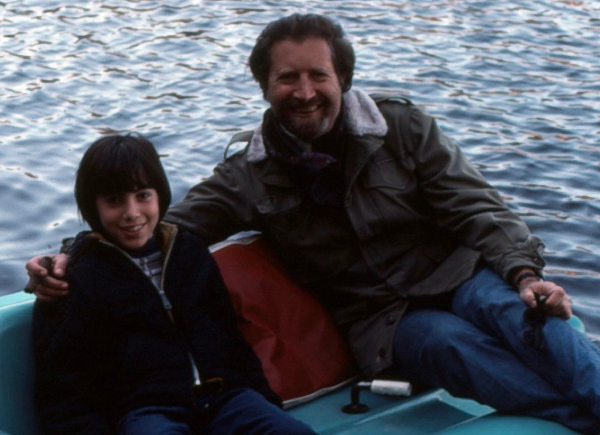
Nearly 40 years later, there was a pandemic. Locked up in Toronto during a two-week quarantine while I was prepping to direct a few episodes of The Handmaid’s Tale, I started thinking about exploring this obsessive period of my life. Why were these high school moviegoing years so fresh, while so much else has faded? Why could I still remember where exactly I saw Winter Kills (Cinema Studios on the Upper West Side), but I couldn’t remember what I did for my birthday the previous year? I also started thinking about my father in relation to my love of movies. My dad was a warm, loving man, but he was also deeply mysterious. He went by two or three different names, had no discernible job, had a deep fascination with the city’s underbelly and his own love of movies helped foster my cinematic DNA.
Every movie I’ve written is personal, of course, but most threw in a hefty amount of fiction to help clear the path. I’m no hitman, like Pierce Brosnan was in my film The Matador, but I understand loneliness like he felt in the film. I’m no safe-cracker, like Jude Law in Dom Hemingway, but I connect to the feeling that life is passing by too quickly. While writing this documentary, now titled Film Geek, I had to press deeper. Who was my dad, really? And how did this duality-loving father and total mystery affect my own work and my own view of cinema? Working remotely with my editor Adam Lichtenstein (who had cut my HBO doc I Knew It Was You: Rediscovering John Cazale, and was a major film geek himself), we collected more than 200 movies that I saw during my youth and used them not only to tell my personal history of filmgoing from ages 6 to 18, but also repurposed the clips to help tell the story of my father. At one point in the film, I talk about Robert Benton’s Kramer vs Kramer beating Francis Ford Coppola’s Apocalypse Now for the Best Director Oscar – an outrage that haunted my teenager years (and I still feel today). Later, I repurposed a shot of Dustin Hoffman walking alone through Midtown from Kramer with a question of what exactly my father was doing alone in the city during the summer while my mother and I were in the country? The more I rewrote and dug deeper about my father, the more the documentary came alive. The more we repurposed the old films, the more fun it became. It was tough, the most difficult film I’ve ever made. I wanted to be honest about my father, but also fair. I had to examine my own life, too. My creative output. My father was an artist who never succeeded, but he gave me the confidence to pursue my own artistic dreams. Whatever flaws there were in the man, and there were many, that was not one of them.

I rewrote every day as we edited. Recording the narration on my iPhone and sending it to Adam to input immediately. Finding specific moments to repurpose from these older movies was sometimes daunting. At one point, we wanted to illustrate how my father delivered money – did I mention he was a part-time loan shark? He delivered it in a brown paper bag, and I wanted a shot of someone walking with a bag. Thankfully, Adam remembered a section of Michael Mann’s Thief where James Caan has a paper bag in his hand. It was that sort of detective work. The film-geekiest kind. Need someone drawing on a drafting board? Seek out Vertigo. Need to talk about a family trip to an old hotel, cue The Shining.
Because I talked about specific movie theaters so much — and because I didn’t want to use any photos in the documentary other than of my family — we needed a way to show these great old New York movie houses. My producer Stacey Reiss found the artist Skip Sturtz on Instagram. Skip was retired from corporate life and now did meticulous and beautiful architectural drawings for fun. We approached him to illustrate 22 of the theaters of my youth. With a great amount of research and unbelievable attention to detail, Skip was able to bring to life the movie theaters I haunted back in the late ’70s and early ’80s. The New Yorker. The Sutton. The Carnegie Hall Cinema. The Trans-Lux, The Theatre 80 St. Marks. And because we were creating these drawings, the marquees could show the exact movies I saw there.
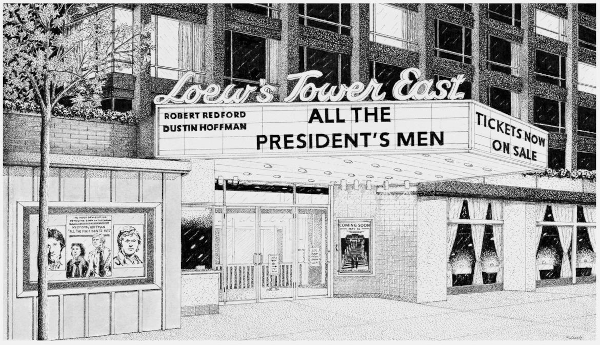
Late in the editing of Film Geek — and the movie took forever to edit, as we were constantly starting and stopping, depending on when Adam and I got actual paying work – I showed the film to my friend Mark Mullin, who was my best friend in high school and continues to be to this day. Many of the films talked about in my doc, I saw with him. Mark was my partner-in-crime in making Super 8 movies, going to the movies, talking about movies, exploring movies. He was there with me. He knew. He knew my dad; he knew my life. He had some great notes, some suggestions, corrections and opinions — but his best thought was also the kindest: “You captured what it was like.”
Featured image shows a young Richard Shepard (left) and Skip Kurtz’s drawings for the documentary Film Geek; all images courtesy Richard Shepard.


